
We kindly inform you that, as long as the subject affiliation of our 300.000+ articles is in progress, you might get unsufficient or no results on your third level or second level search. In this case, please broaden your search criteria.

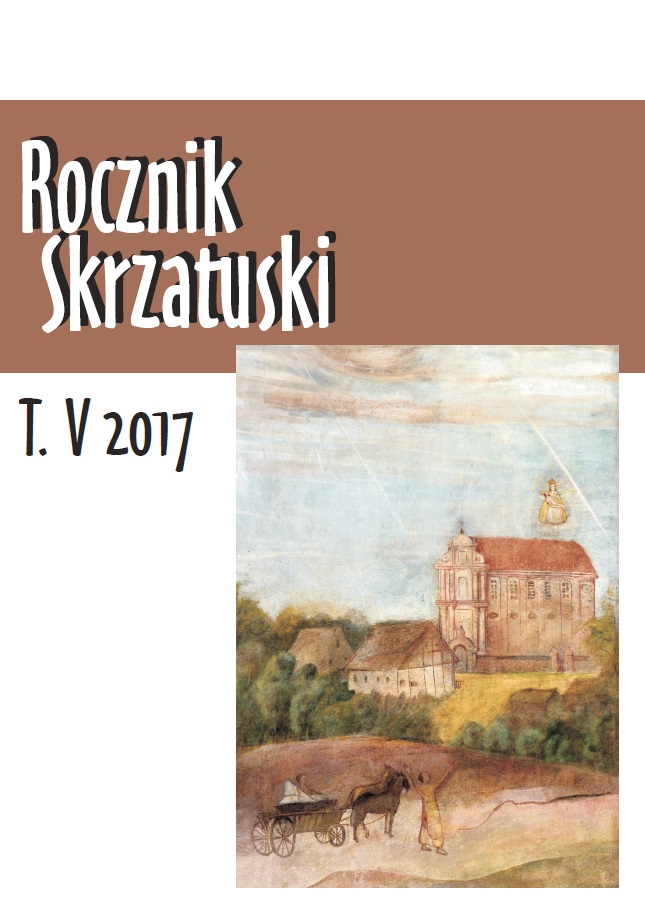

The hermitage of Wigry Island has not got a full monograph study so far. This article brings new and fundamental arrangements regarding to the Camaldolese monastery in Wigry. It shows the region of present-day Suwalki, before the hermits came. It presents the state of research over the history of hermitages in Wigry. It depicts circumstances of the founding process made by the King John Casimir in 1667, building of the monastery complex in Wigry and the arranging process of the peninsula. It describes the process of everyday life of the hermits, their pastoral care of local population. Camaldolese are presented as pioneers of economic development in the region of Suwalki. It presents their 132 years activity in religious, cultural, social and economical aspect that was stopped by winding up the monastery in the Prussian annexation. This article enrich all knowledge up to now on Camaldolese monastery in Wigry, expands historiographic and pastoral output in the extent of research of history of Suwalki region.
More...
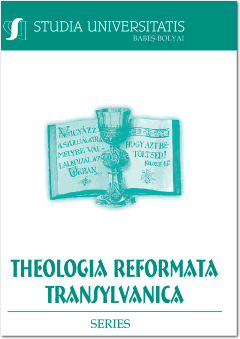
The piece in the title, dated back in 1850, was a milestone. It is not only the first and most significant organ piece of Liszt, but also one of those pieces which every organist has to deal with sooner or later, and for the interpretation, they have to ask and answer many questions. For this study, the first edition, published in 1852 and available online, provides many references, while the manuscript is difficult to access. It is no coincidence that, at the hundredth anniversary of Bach’s death, Liszt began to write a large-scale organ piece to worship the art of the great composer. It may also be intentional to date the completion of the piece on the Remembrance Day of the Reformation. Both the inevitability of the composition, and the Protestant aspects, and not lastly, the personal commitment of Professor István Dávid to the piece, prompt me to try to find answers to some of the basic questions of this grandiose piece, and publish them – without the need of completeness – in the book to be published in honour of him.
More...
2019 is the Year of unity in the Hungarian Reformed Church since 10 years ago, when the Hungarian Reformed Churches on 22 May expressed their unity by accepting a common constitution. In the era of Reformation, in the 16th century the young reformed church of the Hungarian territories was divided in three parts. The Western region was brought under the rule of the Habsburg Empire, in the Eastern territory the independent Principality of Transylvania emerged and the biggest “third” of the former kingdom, the part in the middle was conquered by the Ottomans. The first common organizational structure for the whole Hungarian Reformed Church was possible only in 19th century, following the Austro-Hungarian Compromise of 1867. The developing of the first constitution was finished in 1881, in Debrecen. After the two World Wars the Hungarian Reformed people lived not only in Hungary, but with a sudden political move they were citizens of Austria, Slovakia, Romania, Ukraine, Serbia, Croatia and Slovenia. In the latter century there have arisen significant Hungarian Reformed communities also in distant lands, not only in the traditionally Hungarian region. The Consultative Convent prepared a common liturgy and hymnal beyond the harmonization of reformed church law, which is a considerable result for the songs are important factors of unity.The disgregation / fragmentation is an old problem of humanity and of Christianity. The alternative is the koinonia, the true communion with God and with fellows. This study has its purpose in seeking possibilities to realize unity between people, the fellows in Jesus Christ.
More...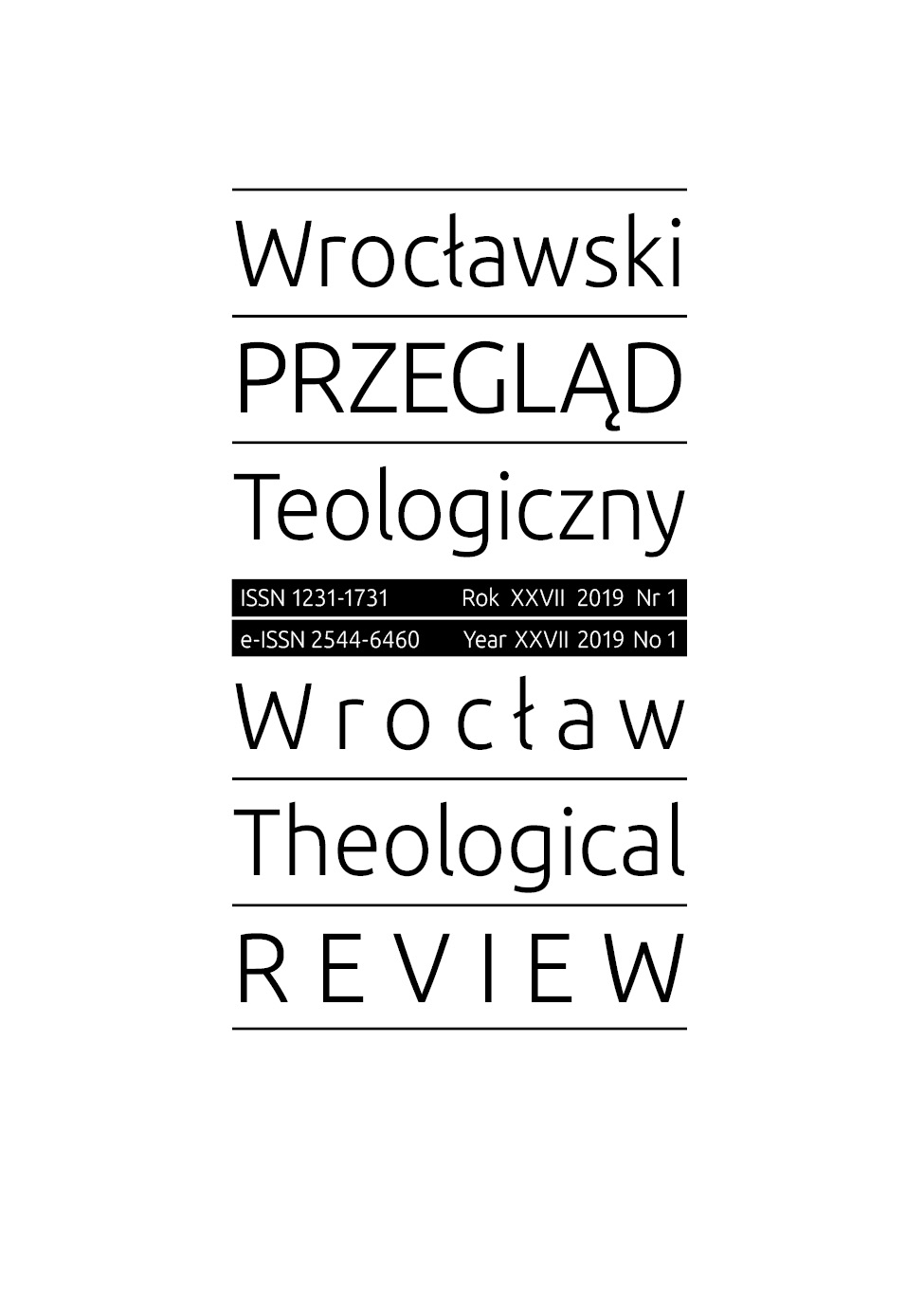
The cross is one of the most important motifs in Karol Wojtyla's poems and in his latter papal teaching. The article analyses the symbolism of the cross present in the sonnets included in The Renaissance psalter by Karol Wojtyła from a romantic perspective. The influence of Zygmunt Krasiński and Cyprian Norwid whose works provided inspiration for Wojtyla is of particular importance here. The author of The Renaissance psalter appreciated The Un-Divine Comedy, Irydion and Promethidion, together with The New Middle Ages of Nikolai Berdyaev - those youthful reading experiences left a clear trace in his sonnets, which is noticeable in the symbolism of the cross, among other things. Krasinski's ideas are echoed particularly distinctively in the last sonnet that shows the dialogue of three columns among the ruins of the ancient world, even though the word ‘cross' has not been used at all. As for Prome- thidion, Wojtyła borrowed the idea of the cross from it as the principle of unity of the world - the cross which enables the unification of a pagan and Christian culture, a gothic and renaissance element.
More...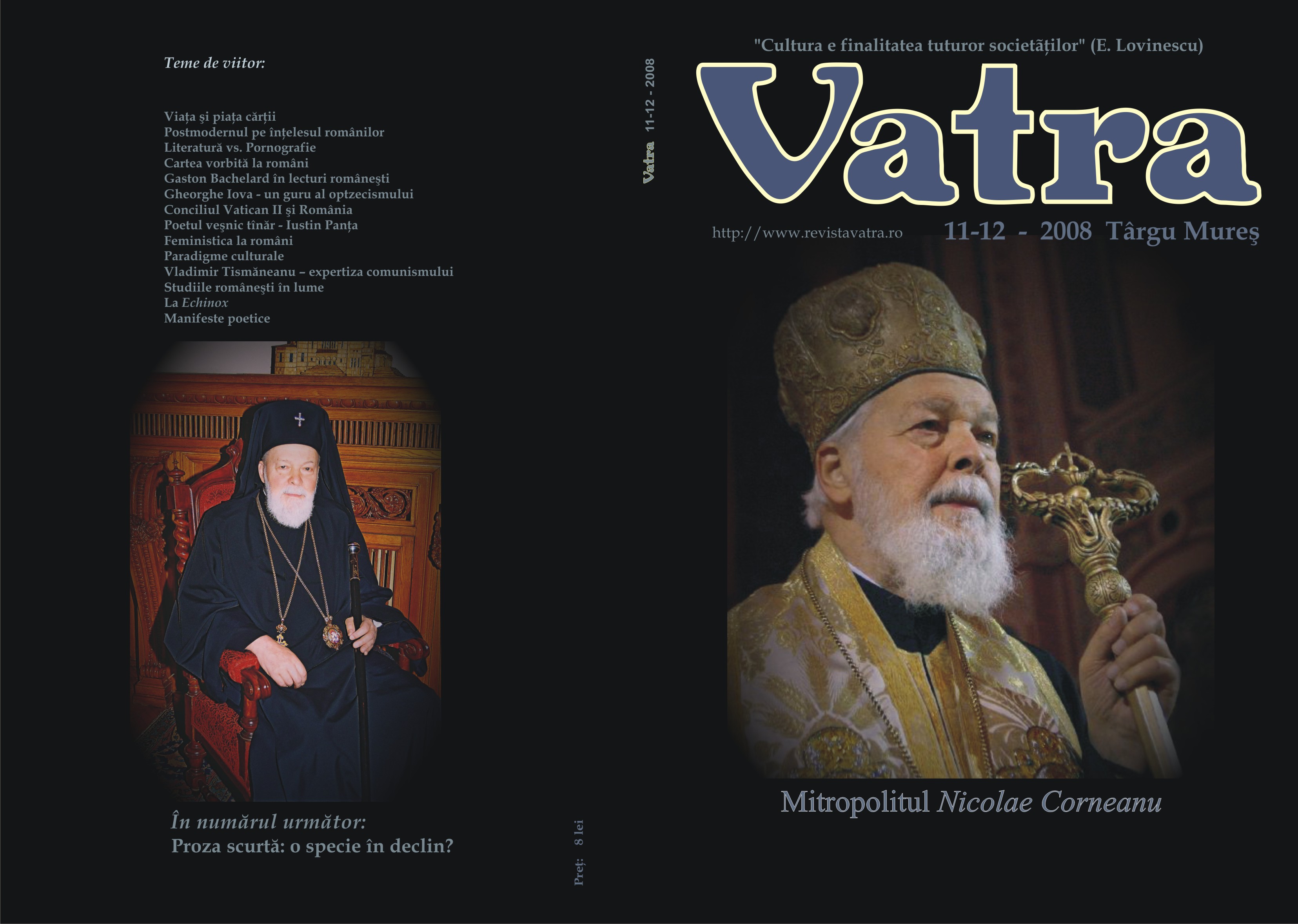
This section of the issue is dedicated to the Romanian Orthodox Mithropolit , Nicolae Corneanu.
More...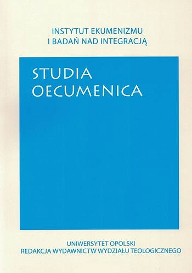
Choroba w życiu każdego człowieka rodzi wiele pytań natury egzystencjalnej, stąd jest to także istotny problem teologiczny. Ze względu na uniwersalność doświadczenia choroby wydaje się konieczną próba ukazania tego zagadnienia także w perspektywie ekumenicznej. Temat opracowano w trzech zasadniczych częściach. Część pierwsza, jako wprowadzająca w problematykę, zajmuje się zdefiniowaniem pojęcia choroby oraz poszukiwaniem płaszczyzny dialogu w tej kwestii między nowoczesną medycyną a współczesną teologią. Następnie autor przechodzi do prezentacji problemu w sferze ściśle ekumenicznej, gdzie nakreśla w dwóch częściach współczesne ujęcia zagadnienia choroby reprezentatywne kolejno dla teologii prawosławnej oraz protestanckiej. Stanowisko teologii prawosławnej przedstawione zostało w oparciu o prace J.-C. Larcheta i uzupełnione o poglądy J. Zizioulasa. Natomiast protestancką teologię choroby zaprezentowano w ujęciu K. Bartha. Każda z tych tradycji chrześcijańskich ma tu swoją wyraźną specyfikę, ale wspólnym elementem, choć z różną intensywnością, jest podejście personalistyczne, które potencjalnie wydaje się być tu szczególnie cenne dla dialogu teologii z nowoczesną medycyną.
More...
Ekumenizm stanowi niezwykle ważną działalność Kościoła katolickiego. Główną realizacją tej aktywności są prace specjalnych grup i komisji pomiędzy Kościołem katolickim a innymi chrześcijańskimi Kościołami i Wspólnotami. Międzynarodowa Anglikańsko-Rzymskokatolicka Komisja (ARCIC) jest grupą utworzoną w 1969 r., która dąży do ekumenicznego postępu pomiędzy Kościołem rzymskokatolickim a Kościołem anglikańskim. W trzeciej fazie prac Międzynarodowej Anglikańsko-Rzymskokatolickiej Komisji wydano pierwszy wspólny dokument zatytułowany Walking Together on the Way: Learning to be the Church – Local, Regional, Universal. Ten eklezjologiczny dokument ukazał relacje pomiędzy Kościołami lokalnymi i powszechnym, rolę arcybiskupa Canterbury oraz biskupa Rzymu, a także kondycję wspólnoty anglikańskiej w całym świecie. Autor artykułu spojrzał na ten nowy dokument ekumeniczny z perspektywy sytuacji dialogu ekumenicznego i nauczania II Soboru Watykańskiego oraz papieża emeryta Benedykta XVI.
More...
The issue of Negro-African life and culture is hereby captured in the perspective of a radical phenomenology. By subscribing his radical philosophy of the pathos of life to a tradition rupture between Husserl and Heidegger, the French philosopher Michel Henry intended to lead a breakthrough. Rooted in the experience of the “pathos of life” that borders on reason sapiential in the Negro-African symbolic universe, the cosmos-vital existence of each individual, as Kahang apprehends, finds the base, “the matrix common to all cultures of Black Africa”. Our contribution proposes to highlight the link between classical phenomenology (transcendental) and radical (material) phenomenology. Considering the work of Michel Henry, we would like to argue that sapiential phenomenology draws the task of reconstruction of African identity in its cultural manifestations, in this case in the world of Negro-African life. Seized in its aim of maturity, our reflection places the truth of the man at the heart of the experience of life, where the relation to others makes one discover the other, as well as one’s self, a “pathos-with”. Moreover, it claims precisely the place of emergence and of accomplishment of an experiment of self-affection, where the symbolic animal (animal symbolicum) is confronted with the existential questions of finitude and death, banality of evil and guilt, justice and law, domination and violence, power and struggle for recognition.
More...
Podziały kulturowe współczesnego świata, współistnienie postaw kolektywistycznych i indywidualizmu, kształtują bogactwo różnorodności, które samo w sobie może być źródłem rozwoju i postępu. Warunkiem wykorzystania potencjału różnorodności jest możliwość prowadzenia wymiany myśli, idei, poglądów i pomysłów. Niezbędne jest istnienie nieskrępowanego dialogu. Niestety, uwarunkowania kreujące kulturowe zróżnicowanie zamiast potencjału dialogu zrodziły zjawisko pogłębionej izolacji ludzi i ich wspólnot, nazwane personalizacją. W znaczący sposób kształtuje ono kondycję procesów rozwojowych, jakość współżycia i możliwość kooperacji niezbędnej dla osiągania zmiany. Sposób percepcji świata przede wszystkim kształtowany jest przez kulturę, w jakiej funkcjonujemy, w tym, w ogromnej mierze przez język dominujący w przestrzeni publicznej. Skupianie się na konflikcie, na wrogiej personalizacji postaw politycznych, zasklepianie się w jednorodnych środowiskach tworzonych przez tzw. „bańki informacyjne”, niszczy niezbędne dla rozwoju współdziałanie zróżnicowanych środowisk społecznych. Tymczasem człowiek nie został powołany, by walczyć z drugim, ale by z nim współdziałać. Początkiem takiego współdziałania jest rozpoczęcie dialogu opierającego się na wspólnocie doświadczeń. W warunkach personalizacji wszystkiego, odszukanie obszarów wspólnoty doświadczeń nie jest łatwe. Mimo tego w konkluzjach artykułu czyniona jest próba takich właśnie poszukiwań.
More...
In the liturgical tradition of the Orthodox Church, the great feast of the Epiphany has as main theological focus the Baptism of our Lord Jesus Christ in the Jordan River. The liturgy of the feast and the hymns of the forefeast and of the afterfeast, starting from the text of the Gospel, develop the same theme. The Baptism of the Lord is understood and experienced in the Church as a salvific event, that encompasses not only the humankind but also the entire creation, and reveals the cosmic dimension of the mystery of salvation. The aim of this study is the structural analysis of the ritual of the Great Consecration of the Waters, followed by a concise presentation of the theological meanings of the water consecrated at the Epiphany.
More...
Saint Simeon The New Theologian is known in the Orthodox theology and beyond by his insistence and clarity with which he wishes to debate and analyse problems of the spiritual Christian life, often overlooked by the previous theologians or perhaps entrusted by them to a discretion of alloing each person to respond only in front of its own conscience. In his striking words, St. Simeon first unveils the serious problems of assuming, living and understanding the biblical teachings in the Constantinopolitan society of his time, problems that were the triggering factors of his spiritual discourse of that period, but which reflect so many human weaknesses present among believers all the time, up to our time. By this the article tries to emphasize the importance of his teachings for current Orthdox Theology.
More...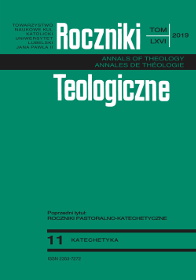
The essence of education is to show what is valuable, and the message of educational environment should be common, clear and consistent. For shaping student's personality properly, such message should flown from the first basic, natural educational environment which is in the family home, and is created mainly by parents, but siblings and other relatives also contribute to creating it. Upbringing should be related to a paragon. Such a paragon gives human values, and even more Christian values accepting laws of nature which illuminate the Revelation of God. Home education creates favourable conditions to let integral development of a person take place based on values related to home. It gives a great opportunity, but it is also a challenge not only for those interested in such a form of family education but also for the society and the state.
More...
The article aims to show how our understanding of childhood, thinking and time determine our values, understanding and educational practices. In its basic structure, it includes five well-known terms: childhood, education, philosophy, time, and thinking, which demand rethinking, both individually and in their interrelationships. Each of these terms is developed in the course of our reflection. To achieve this goal, the article focuses on the work of Walter Kohan, whose contribution to contemporary philosophy of education is important and original. In key terms in the field of philosophy of education, Kohan describes education as childish (philosophy for children). Kohan develops his views on education in dialogue with many philosophers and educators. Through a series of questions, Kohan problematizes the pedagogical and political value of placing philosophical practices in the field of civic education in the context of childhood. In this way, he creates conditions for responsible education.
More...
The article stems from a number of postulates, such as: Family should be a healthy cell of the Church, the family is a place of love and life, the place where love bears life, it is important that young people do not neglect their preparation for family life. The author of the article discusses with young people the dangers relating to love and relationships, he presents the opinion of the Holy Father, who highlights the fact that family is the crossroad of human beings, on which to great extent depends their future, further the author speaks of unity, inseparability and faithfulness in marriage. In conclusion the author points out the necessity of inclusion into life the values of marriage, which should help in the development of a healthy family.
More...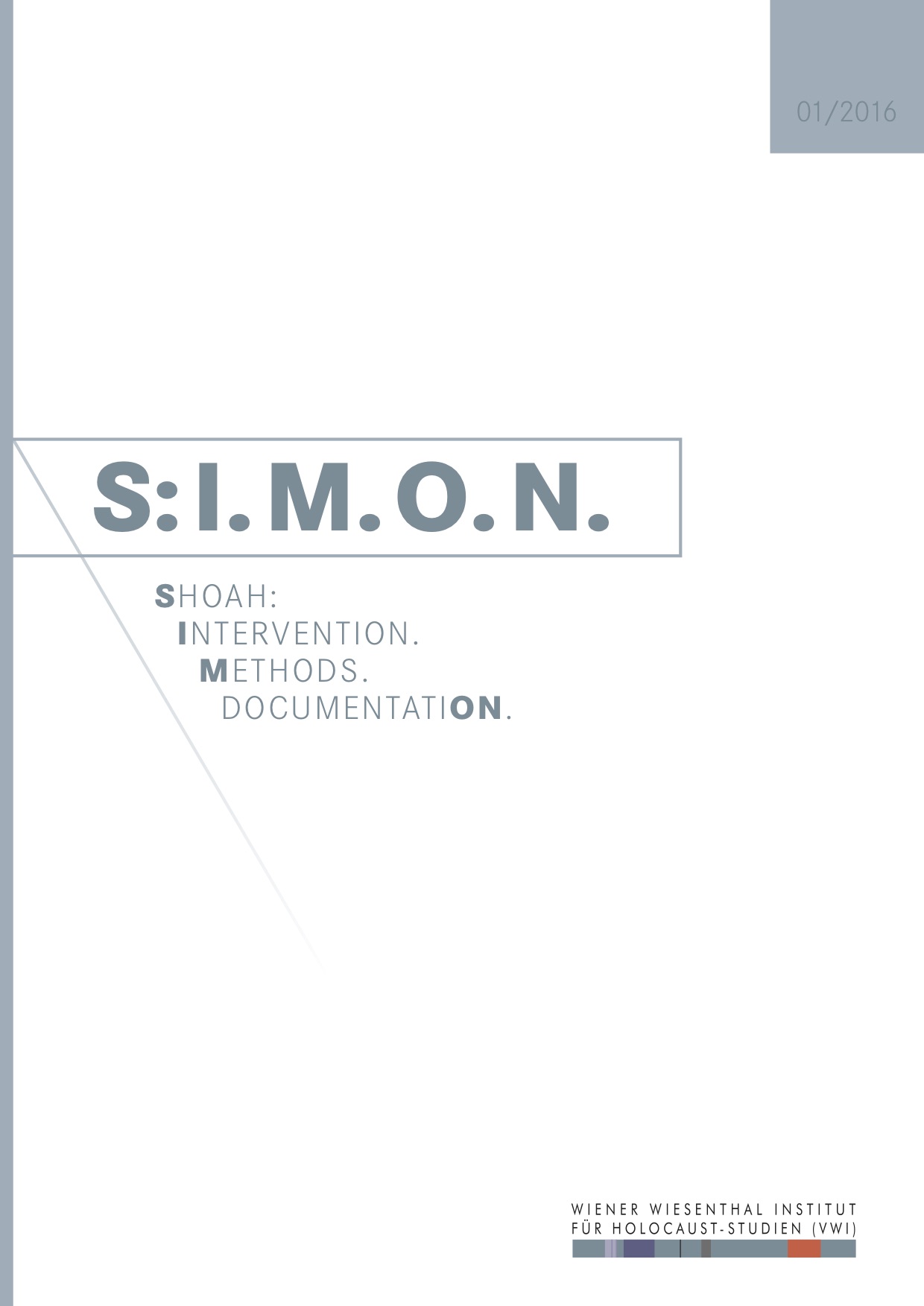
The present article is focused on the antisemitic mindset of several prominent Orthodox clergymen and theologians associated with the Romanian Iron Guard and the radicalization of Orthodox nationalism under the impact of fascism. During a wave of right-wing ideological radicalization, Orthodox clergymen and theologians shifted from understanding the Jew according to the patristic theology and canon law to a more confessional, exclusivist trend of theology. It also discusses the Romanian Orthodox Church’s position towards the development of an antisemitic theology and the implementation of this theology during the Holocaust by the Orthodox priests affiliated with the Romanian Orthodox Exarchate in Transnistria.
More...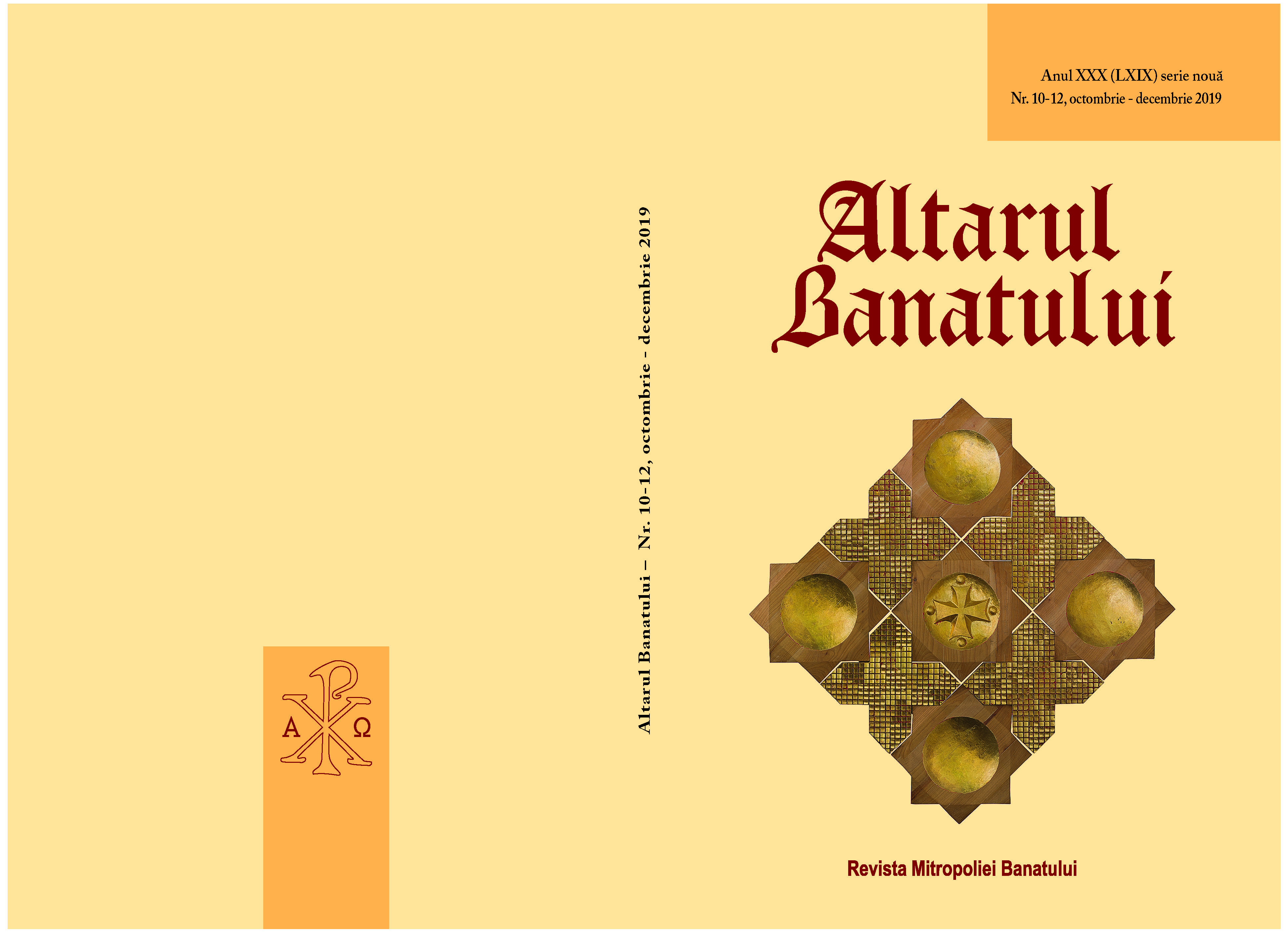

In the introduction I explain such terms as „the Sacred Heart of Jesus”, „spirituality” and „priestly spirituality”. In the article, I respond to the following questions: What can we learn at the school of Sacred Heart of Jesus? What the priest or the seminarian can rely on learning at the Sacred Heart of Jesus school? Which values can Sacred Heart teach? What Sacred Heart can rely to priestly spirituality? Replying to the questions mentioned above referring to the school of Sacred Heart and the priestly spirituality I claim in the article first of all that at Sacred Heart of Jesus school we learn to reciprocate huge and more mature love for everlasting love of Jesus that He shows the whole world and the creation constantly. Next, I prove that at Sacred Heart of Jesus school we learn different kinds of prayers. We pay special attention to Eucharistic Heart of Jesus. We are aware that we enrich and reinforce priestly spirituality by daily, longer adoration of Blessed Sacrament. I convict subsequently that at school of Sacred Heart of Jesus we learn from Good Shepherd the priestly service doing with love, patience and courage. I claim that at school of Sacred Heart we learn to care for purity of priestly heart and to give the whole of it to our Lord. Finally, I endeavour to prove that at school of Sacred Heart of Jesus we learn an appropriate reference to Mary Mother of Priests and the appropriate attitude to the saints.
More...